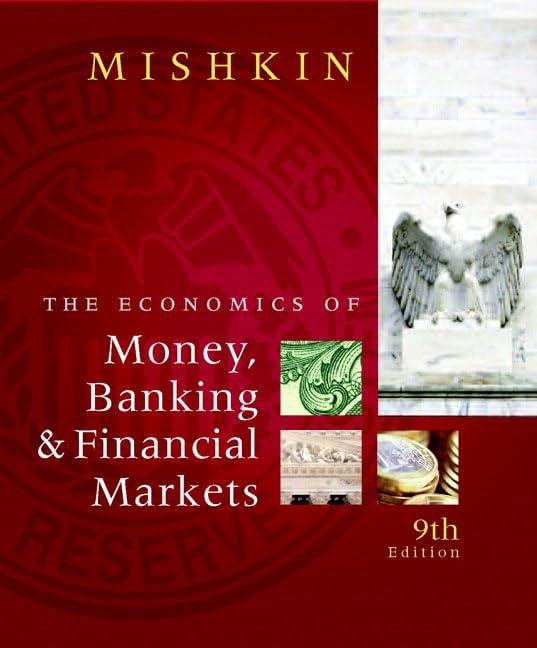Imagine a bond that promises to mako coupon payments of $200 one year from now and $200 two years from now, and to repay the principal of $2000 three years from now, Suppose also that the market interest rate is 12 percent per year, and that no porcoivod risk is associated with the bond. a. The present value of this bond is $ (Round your response to the nearest dollar) b. Suppose the bond is being offered for $1938. It is profitable this bond from an investor's perspective. The bond price can be expected to c. If the price of the bond is equal to its computed present value from part a, what is the implied bond yield? The implied bond yield is 33. (Round your response to the nearest percent) d. Explain why bond yields and the market interest rate tend to move together so that oconomists can then usefully refer to "The" interest rate. An increase in the market interest rate will_ bond prices and bond yiolds. A reduction in the market interest rato will bond yields. Therefore, market interest rates and bond yields tond to move together. Therefore, economists can then usofully rofor to "the" interest rale. Imagine a bond that promises to mako coupon payments of $200 one year from now and $200 two years from now, and to repay the principal of $2000 three years from now, Suppose also that the market interest rate is 12 percent per year, and that no porcoivod risk is associated with the bond. a. The present value of this bond is $ (Round your response to the nearest dollar) b. Suppose the bond is being offered for $1938. It is profitable this bond from an investor's perspective. The bond price can be expected to c. If the price of the bond is equal to its computed present value from part a, what is the implied bond yield? The implied bond yield is 33. (Round your response to the nearest percent) d. Explain why bond yields and the market interest rate tend to move together so that oconomists can then usefully refer to "The" interest rate. An increase in the market interest rate will_ bond prices and bond yiolds. A reduction in the market interest rato will bond yields. Therefore, market interest rates and bond yields tond to move together. Therefore, economists can then usofully rofor to "the" interest rale







